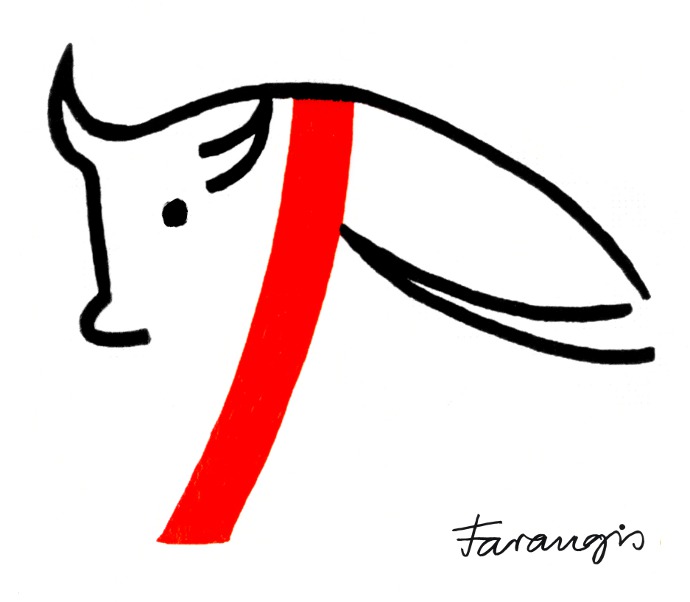A few mixed facts about Mithraism and its difference to other “oriental mystery cults” “Mithraism then entered Asia Minor, especially Pontus and Cappadocia. Here it came into contact with the Phrygian cult of Attis and Cybele from which it adopted a number of ideas and practices, though apparently not the gross obscenities of the Phrygian…Continue readingMithraism and differences to other mystery cults
Tag: mithras
The exhibiton „Mysterium Mithras – ein antiker Geheimkult im Spiegel von Archäologie und Kunst“ – with works by Farangis G. Yegane dedicated to the Mithras cult and the questions surrounding its mystery started on the 27. August 2011 and ended on the 22. January 2012. The venue had been the Römerkastell Saalburg in Bad…Continue readingMithras in the Taunus
Mushrooms, Myth & Mithras: The Drug Cult that Civilized Europe Carl Ruck, Mark Alwin Hoffman, José Alfredo González Celdrán (on Google Books) Mithraic findings in cave in Austria in St. Egyden. Vessel with Serpents, ineresting and beautiful piece, look at: IN GERMAN: Heidnischer Kult in Höhle entdecktContinue readingtwo links, about mithraism
Some images from the ‘Mysterium Mithas’ exhibit, the (contemporary) arts – the acrylic paintings, installations, drawings and lithographs – are by Farangis G. Yegane. A thorough documentation of the exhibit is currently worked on, and will be accessible on the net soon. A link will be announced here later too. Some of these following pics…Continue readingfrom the ‘mysterium mithas’ exhibit
the persecution of mithraists : Sarrebourg, France […] Of all the Mithraic artifacts found, probably none compares to what was discovered at Sarrebourg, in Lorraine, France, when a shrine to Mithras was uncovered- with the skeleton of a man chained to the altar, and the door to the sacred room bricked up; Nabarz speculates [p.…Continue readingthe persecution of mithraists : Sarrebourg, France
